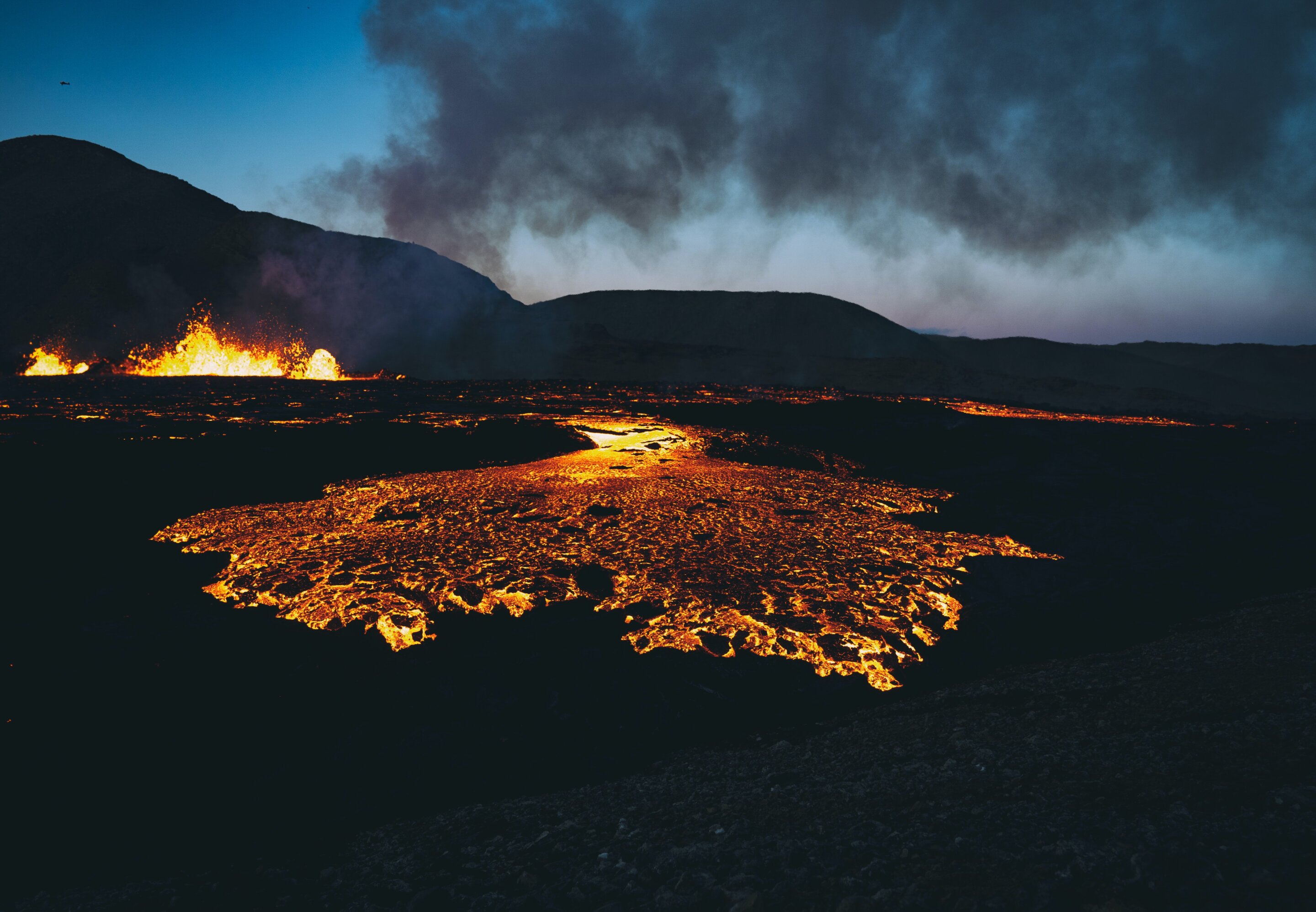Geoscientists have long believed that the eruption of volcanoes is primarily driven by water and shallow magma in Earth’s crust. However, new research conducted at Cornell University has revealed that explosive eruptions can also be triggered by gaseous carbon dioxide.
A groundbreaking model proposes that basaltic volcanoes, typically found within tectonic plates, are actually fed by deep magma in the mantle, located 20 to 30 kilometers below the Earth’s surface.
Published in the Proceedings of the National Academy of Sciences on August 7, 2023, this research provides a clearer understanding of the internal dynamics and composition of our planet. It also has significant implications for improving volcanic-hazards planning.
“Previously, we believed that all volcanic activity occurred in the crust,” said Esteban Gazel, the Charles N. Mellowes Professor in Engineering in the Department of Earth and Atmospheric Sciences at Cornell Engineering. “Our data suggests that the magma originates directly from the mantle, rapidly passing through the crust due to the exsolution of carbon dioxide.
“This completely revolutionizes our understanding of volcanic eruptions,” Gazel explained. “Until now, water was considered the main driver of volcanic activity, but these findings show that water plays a minimal role in these types of volcanoes. It is actually carbon dioxide that brings the magma from deep within the Earth.”
About four years ago, Gazel and Charlotte DeVitre, Ph.D. ’22, who is now a postdoctoral researcher at the University of California, Berkeley, developed a high-precision carbon dioxide densimeter for Raman spectroscopy. This device, combined with microscopic analysis of volcanic eruption samples, allowed them to create a history of the magma and estimate its storage in near real-time. The effectiveness of this technique was tested during the 2021 eruption in Las Palmas, in the Canary Islands.
In addition, the scientists developed methods to assess the impact of laser heating on carbon dioxide-rich inclusions within crystals, accurately measure melt inclusion and bubble volumes, and account for carbon dioxide trapped as carbonate crystals inside the bubbles.
“Developing these methods and designing the instrument was particularly challenging, especially given the circumstances of the pandemic,” Gazel noted.
Using these innovative tools, the researchers examined volcanic deposits from the Fogo volcano in Cabo Verde, located west of Senegal in the Atlantic Ocean. They discovered a high concentration of volatiles within micro-sized melt inclusions encased in magnesium-iron silicate crystals. The significant amount of carbon dioxide trapped in these crystals suggested that the magma was stored tens of kilometers beneath the Earth’s surface, within the mantle.
The study also established a connection between this process and the deep mantle source that supplies these volcanoes.
This breakthrough implies that eruptions like those observed at Fogo volcano originate and are sustained by the mantle, bypassing storage in the Earth’s crust. The driving force behind these eruptions is deep carbon dioxide.
“The magma in these volcanoes has extremely low viscosities and comes directly from the mantle,” DeVitre explained. “In this case, viscosity and water do not play the same roles as in shallower and more silicic volcanic systems. Instead, carbon dioxide propels the magma rapidly, likely contributing to its explosive behavior. This discovery significantly advances our understanding of basaltic explosivity.”
Gaining insights into magma storage is crucial for effectively preparing for future volcanic eruptions, Gazel emphasized. As deep magma storage is not detectable through ground deformation until the magma is close to the surface, understanding the triggers of volcanic activity is of utmost importance.
“By precisely determining where eruptions originate, how magmas melt, where they are stored, and what triggers their eruption, we can develop much better plans for dealing with future volcanic events,” Gazel concluded.
More information:
DeVitre, Charlotte L. et al, Oceanic intraplate explosive eruptions fed directly from the mantle, Proceedings of the National Academy of Sciences (2023). DOI: 10.1073/pnas.2302093120. doi.org/10.1073/pnas.2302093120
Citation:
Carbon dioxide, not water, triggers explosive basaltic volcanoes (2023, August 7)
retrieved 8 August 2023
from https://phys.org/news/2023-08-carbon-dioxide-triggers-explosive-basaltic.html
This document is subject to copyright. Apart from any fair dealing for the purpose of private study or research, no
part may be reproduced without the written permission. The content is provided for information purposes only.
Denial of responsibility! TechCodex is an automatic aggregator of the all world’s media. In each content, the hyperlink to the primary source is specified. All trademarks belong to their rightful owners, and all materials to their authors. For any complaint, please reach us at – [email protected]. We will take necessary action within 24 hours.

Jessica Irvine is a tech enthusiast specializing in gadgets. From smart home devices to cutting-edge electronics, Jessica explores the world of consumer tech, offering readers comprehensive reviews, hands-on experiences, and expert insights into the coolest and most innovative gadgets on the market.


